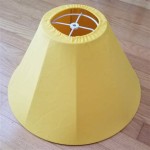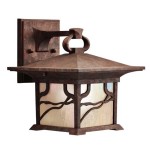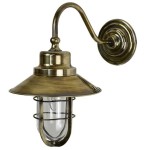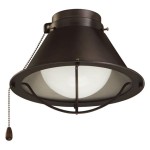How Efficient Are Outdoor Wood Furnaces?
Outdoor wood furnaces have gained popularity as an alternative heat source for homes and businesses due to their environmental friendliness and potential cost-effectiveness. However, understanding their efficiency is crucial before considering an investment. This article will delve into the factors influencing the efficiency of outdoor wood furnaces and provide insights into their performance.
Factors Affecting Efficiency
Several factors impact the efficiency of outdoor wood furnaces, including:
- Wood Type: Different types of wood have varying caloric values and moisture content. Seasoned hardwoods, such as oak or maple, burn hotter and more efficiently than softwoods.
- Moisture Content: Higher moisture content in wood releases extra energy to evaporate the water, reducing the heat available for heating.
- Firebox Design: Well-designed fireboxes promote efficient combustion, allowing for complete burning of wood and minimizing heat loss.
- Airflow Control: Adequate air intake and proper airflow patterns ensure complete combustion and reduce emissions.
- Insulation: Insulation around the firebox and flue helps retain heat and minimize heat loss.
Measuring Efficiency
The efficiency of outdoor wood furnaces is typically measured by two metrics:
- Overall Thermal Efficiency: This measures the percentage of heat produced by the furnace that is transferred to the heating system.
- AFUE Rating (Annual Fuel Utilization Efficiency): This rating represents the ratio of heat output to heat input over a full heating season.
Typical Efficiency Ranges
The efficiency of outdoor wood furnaces varies depending on the factors mentioned above. In general, high-quality furnaces with optimal operating conditions can achieve thermal efficiencies of 75% to 85%. AFUE ratings typically range from 65% to 80%. However, these values can be lower for poorly maintained or inefficient furnaces.
Benefits of High Efficiency
High-efficiency outdoor wood furnaces offer several benefits, including:
- Reduced Fuel Consumption: Efficient furnaces burn less wood to produce the same amount of heat, leading to cost savings.
- Lower Emissions: Efficient combustion reduces harmful emissions, contributing to better air quality.
- Improved Heat Distribution: Better airflow control ensures even heat distribution throughout the heating system.
- Increased Lifespan: Efficient operation minimizes stress on the furnace components, extending its lifespan.
Conclusion
The efficiency of outdoor wood furnaces is influenced by various factors, including wood type, moisture content, firebox design, and insulation. High-quality furnaces with optimal operating conditions can achieve impressive thermal efficiencies and AFUE ratings. The benefits of high efficiency include reduced fuel consumption, lower emissions, improved heat distribution, and increased lifespan. Understanding these factors and selecting an efficient outdoor wood furnace is essential for maximizing its benefits and minimizing operating costs.

Outdoor Wood Boiler Vs Furnace

Best Outdoor Wood Furnace Central Boiler

Outdoor Wood Furnace Review And Guide To Saving Money Rural Living Today

Outdoor Wood Burning Furnace Boilers From Madison Wi To E Iowa

Let S Learn How To Make Your Outdoor Wood Furnace More Efficient

How Do Outdoor Wood Furnaces Work Furnace World

Outdoor Wood Furnace Pros And Cons Is It Right For You

Cleanfire Outdoor Wood Furnaces

Cleanfire Outdoor Wood Furnaces

Outdoor Wood Fired Boiler Wikipedia







